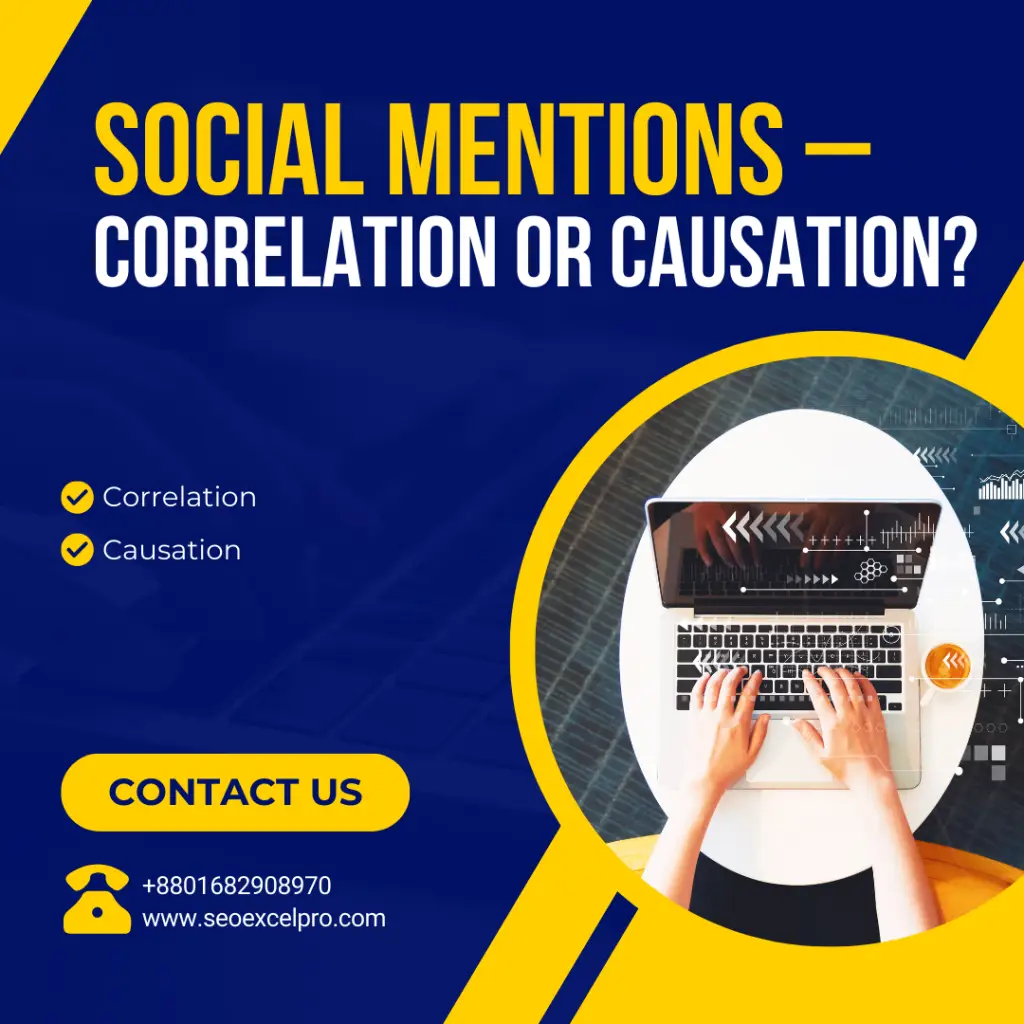


When analyzing social mentions—that is, the frequency with which a brand, product, or individual is referenced across social media platforms—it’s essential to distinguish between correlation and causation.
Correlation: This refers to a statistical relationship between two variables. For example, an increase in social mentions might correlate with higher website traffic. However, this does not necessarily mean one caused the other. Both could be related to another factor, such as a viral marketing campaign or a product launch.
Causation: This implies a direct cause-and-effect relationship. For example, if a brand’s social media engagement campaign leads to an increase in mentions, and that subsequently drives more traffic or sales, this would demonstrate causation.
When working with social mentions, it’s common to see correlation (more mentions = more visibility), but proving causation requires deeper analysis, like studying the direct impact of specific campaigns, sentiment analysis, and other factors that drive social conversations and behavior.
Understanding this distinction is crucial for developing effective marketing strategies. It ensures that brands don’t misattribute success or failure to the wrong factors.
